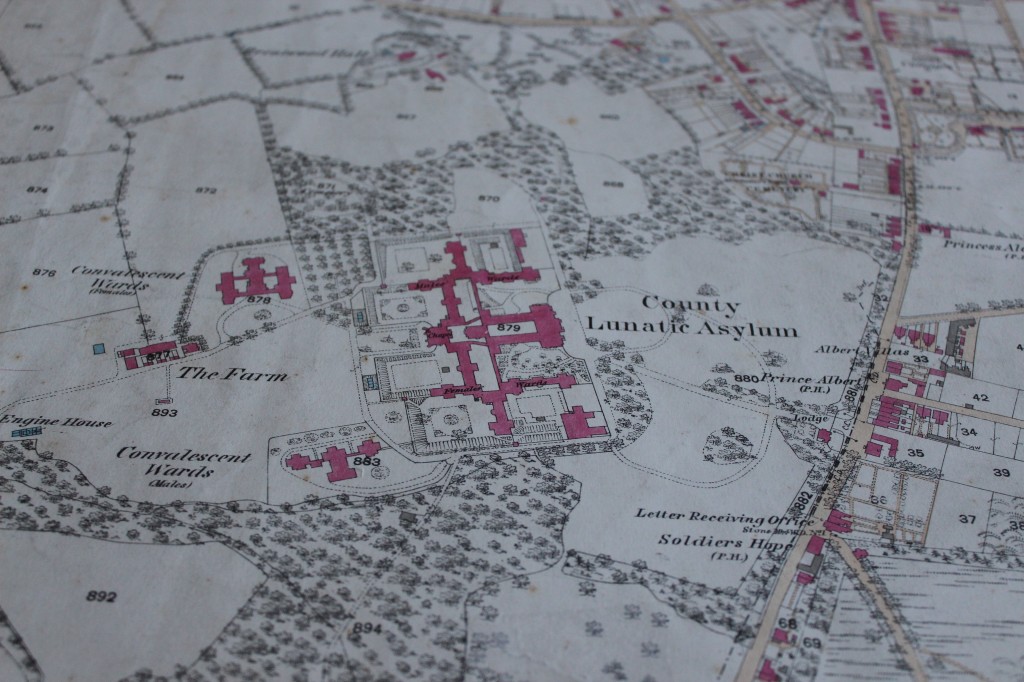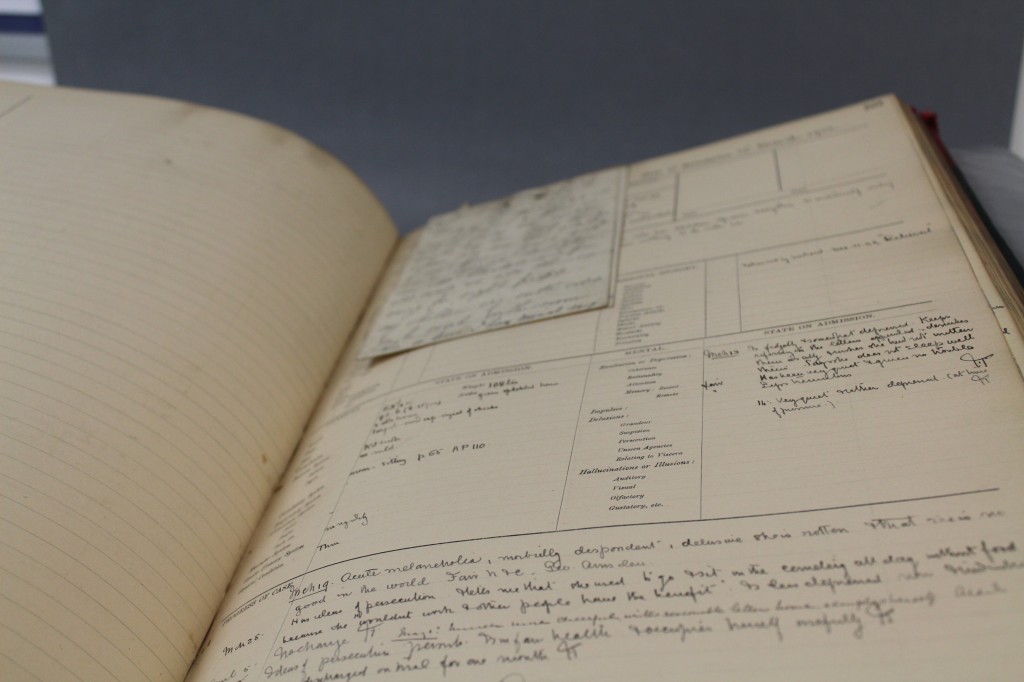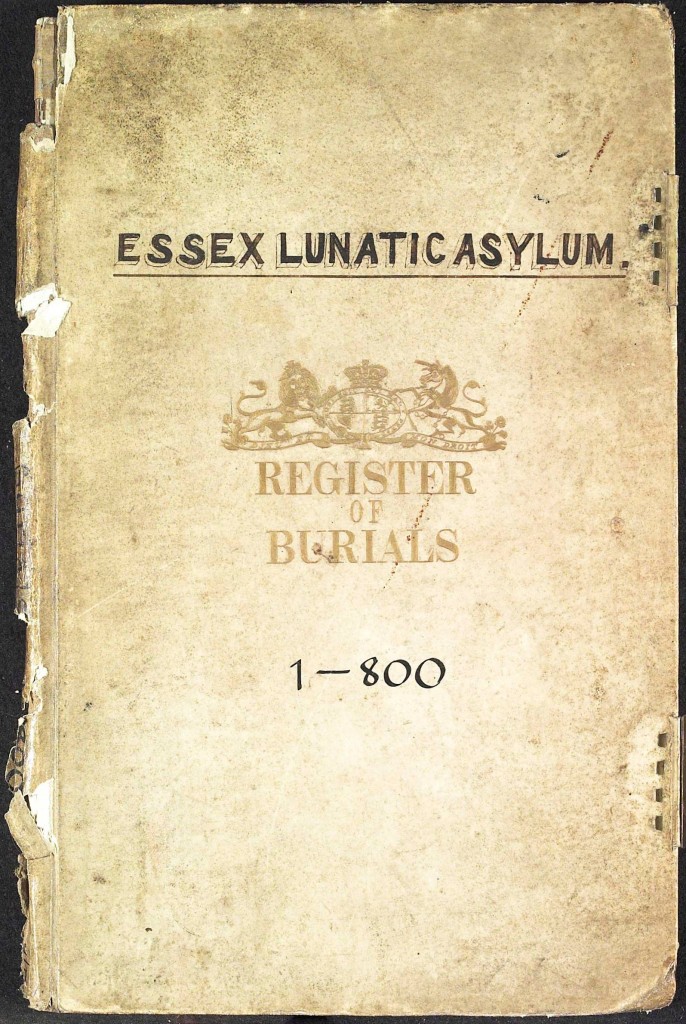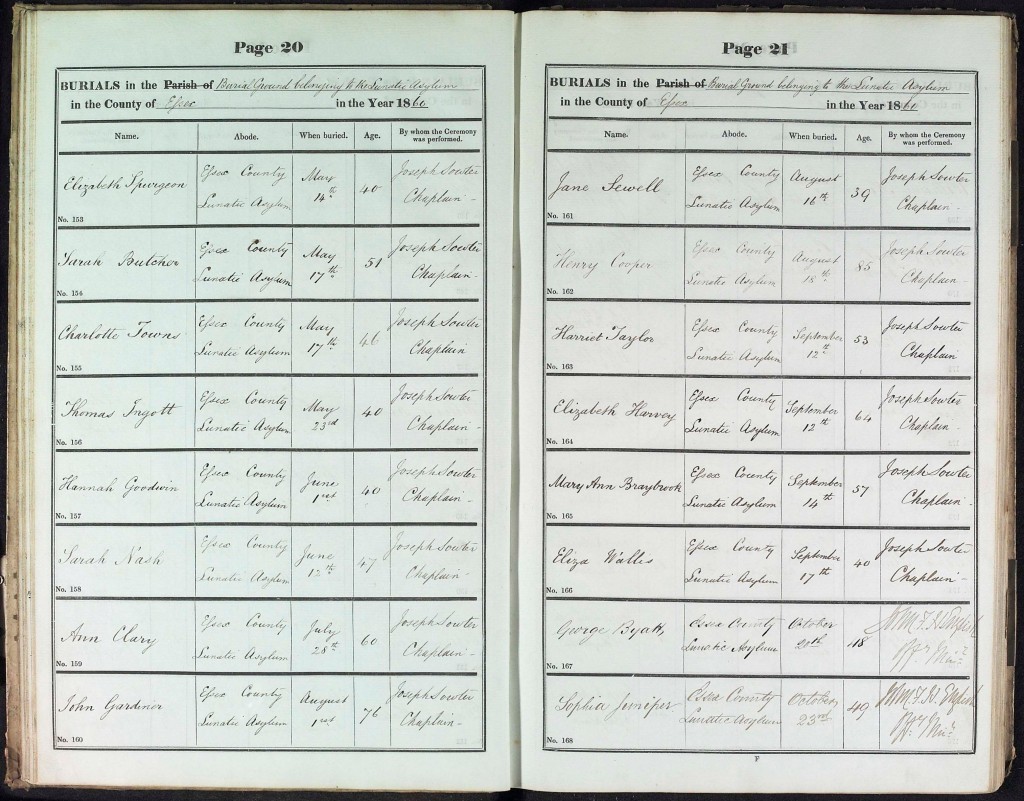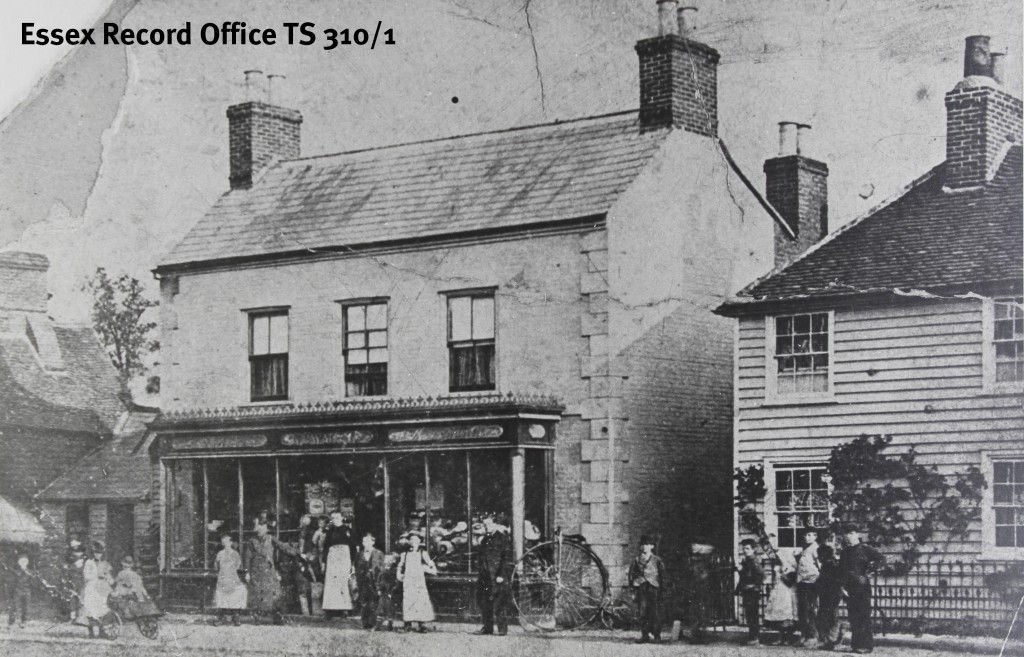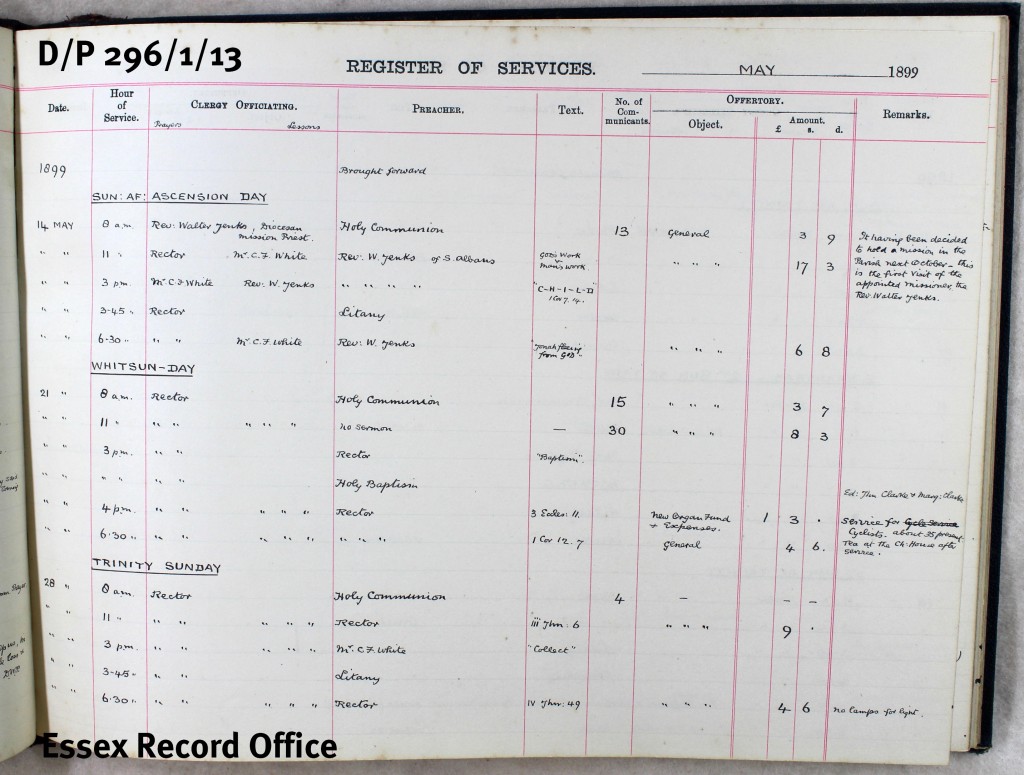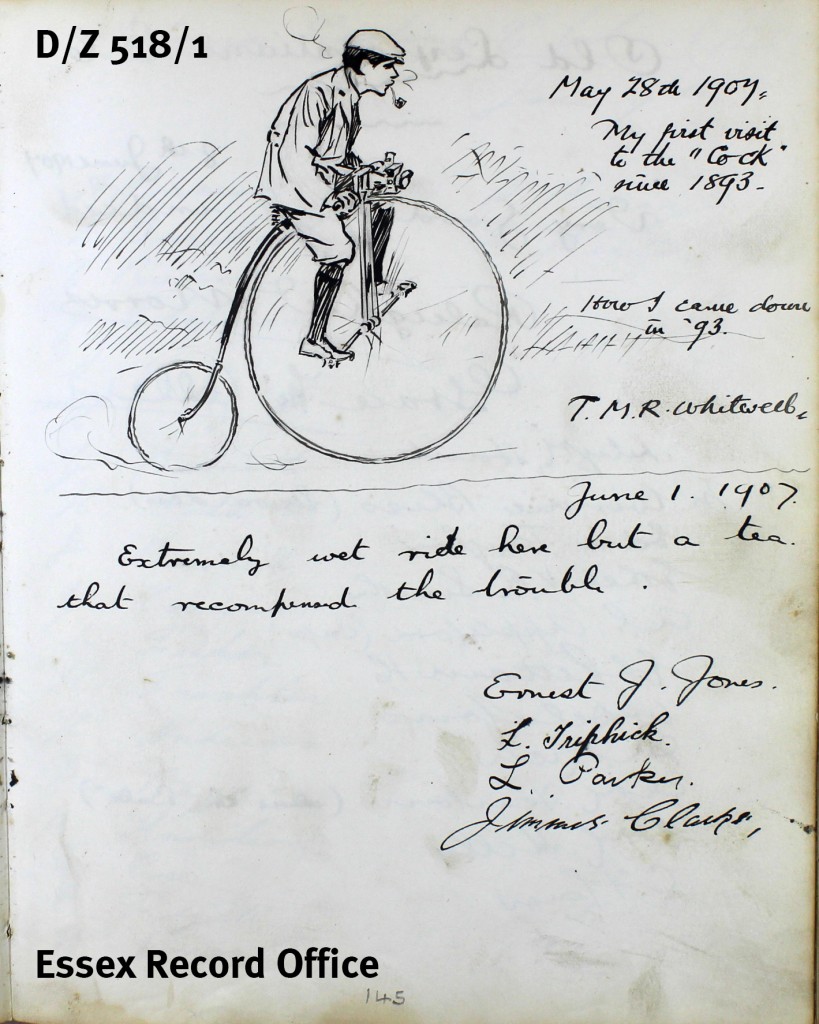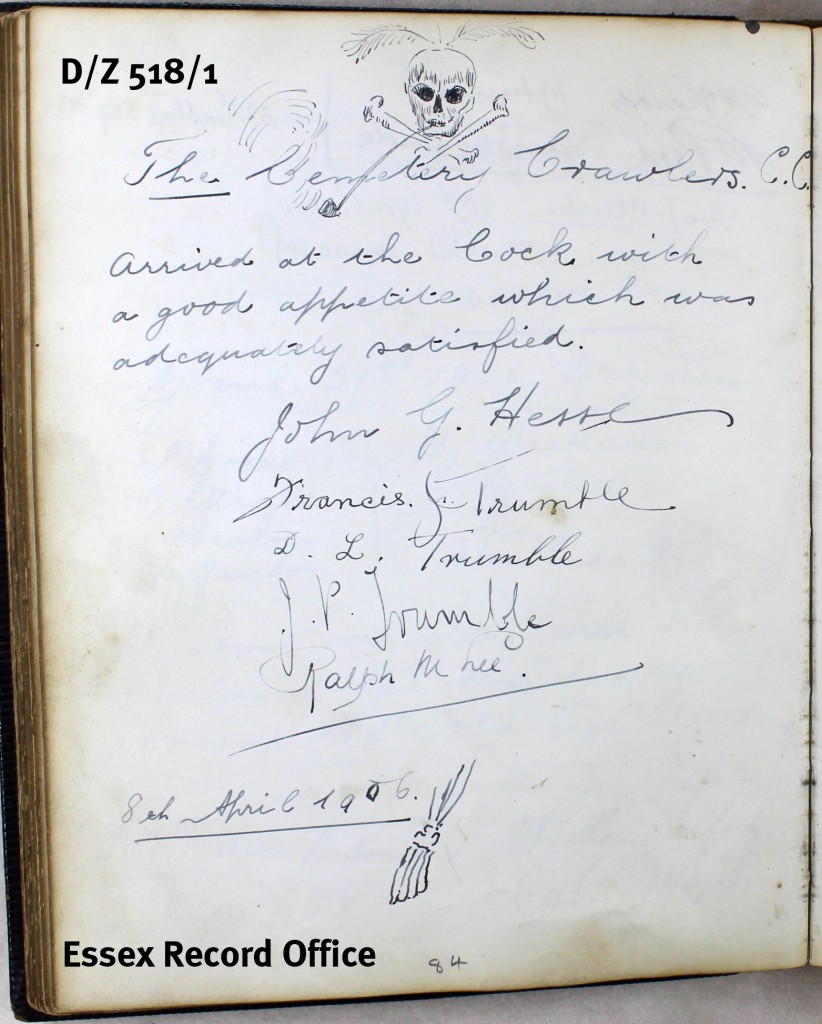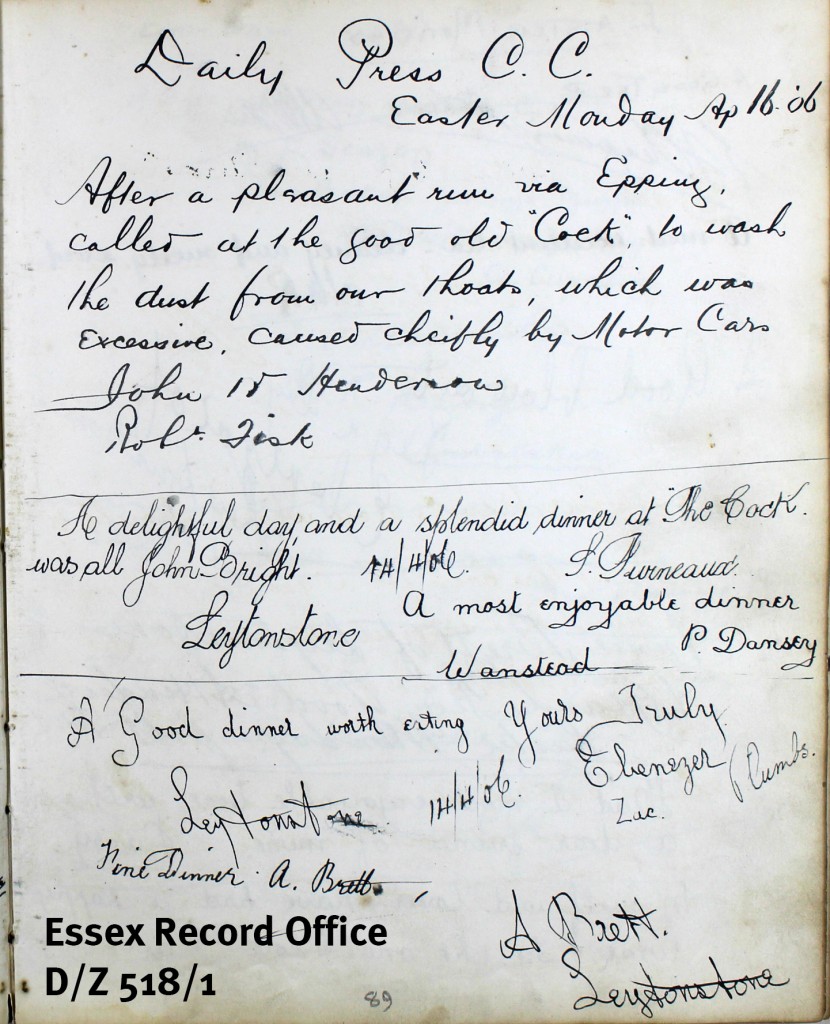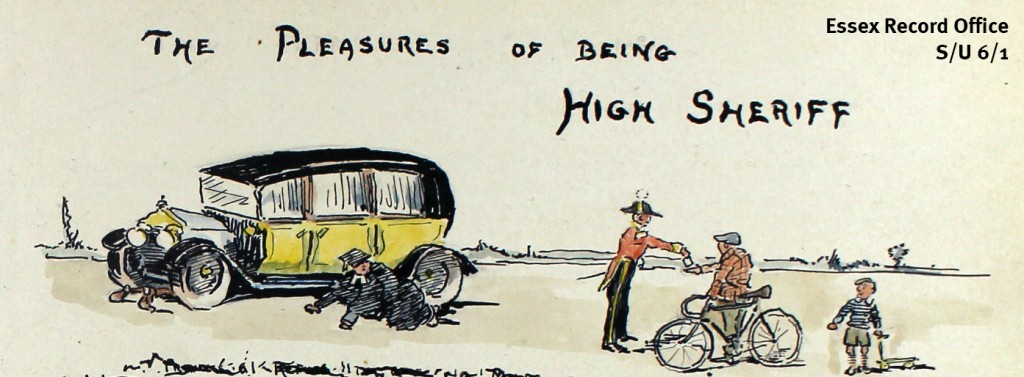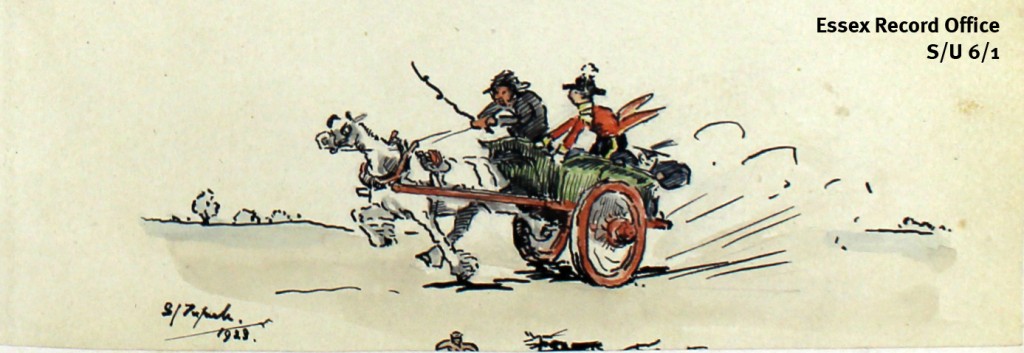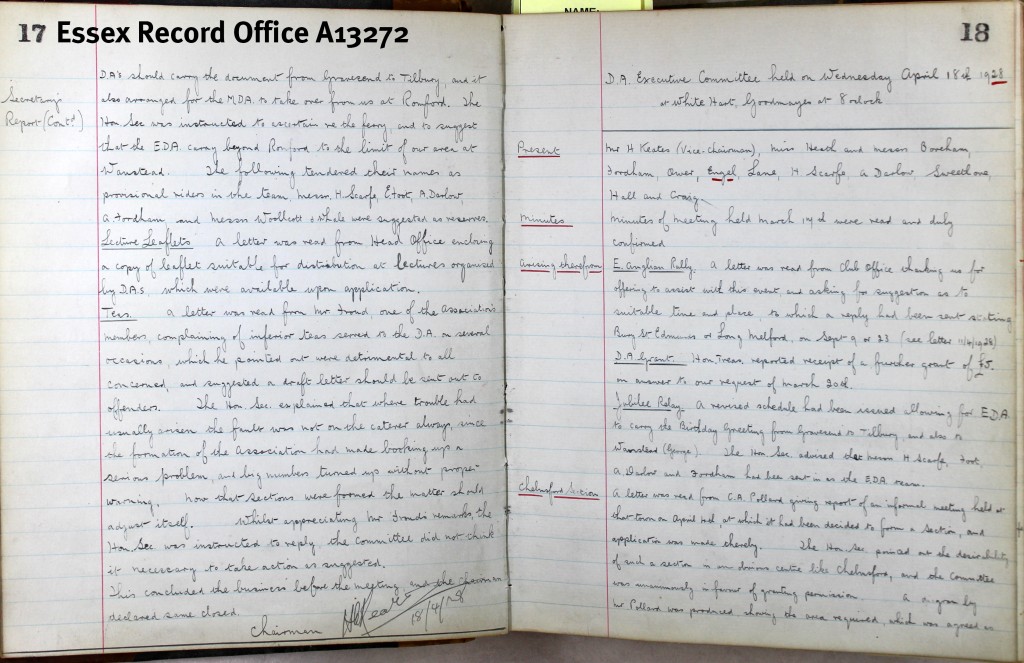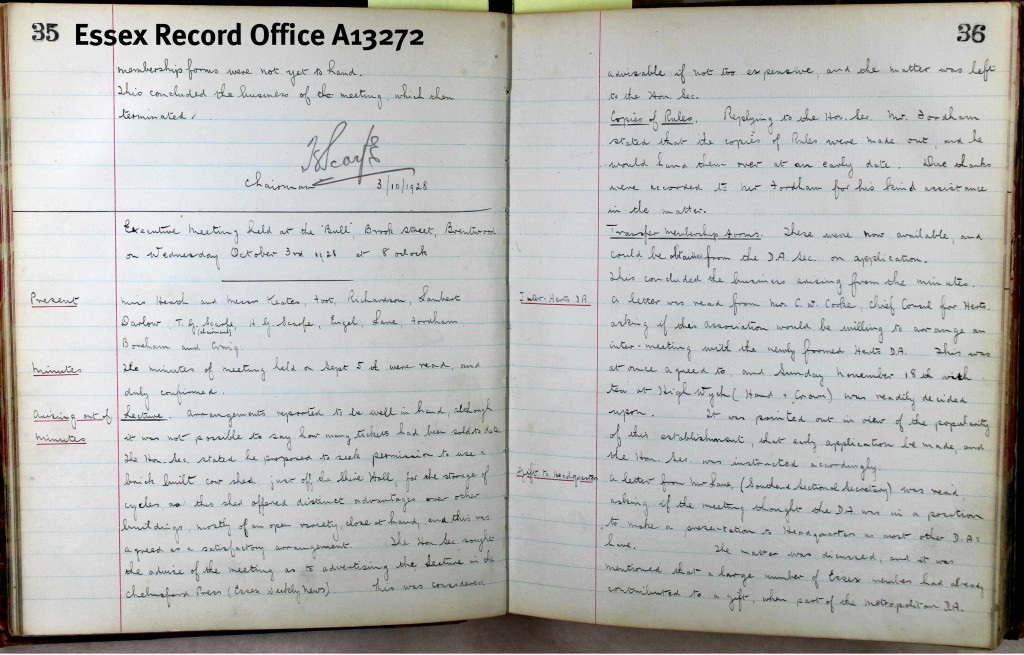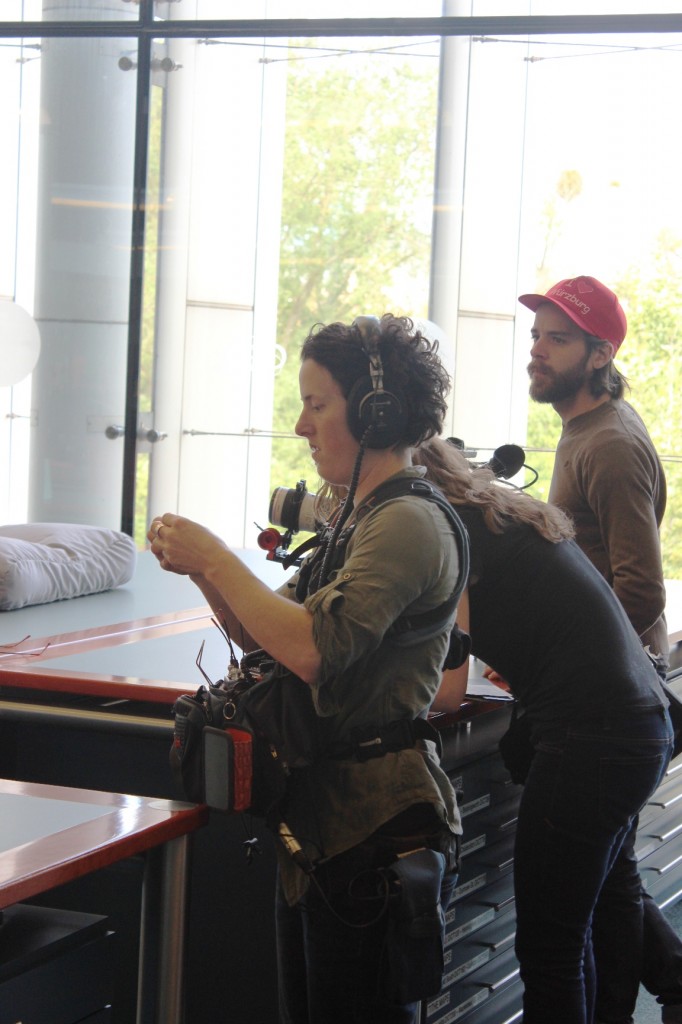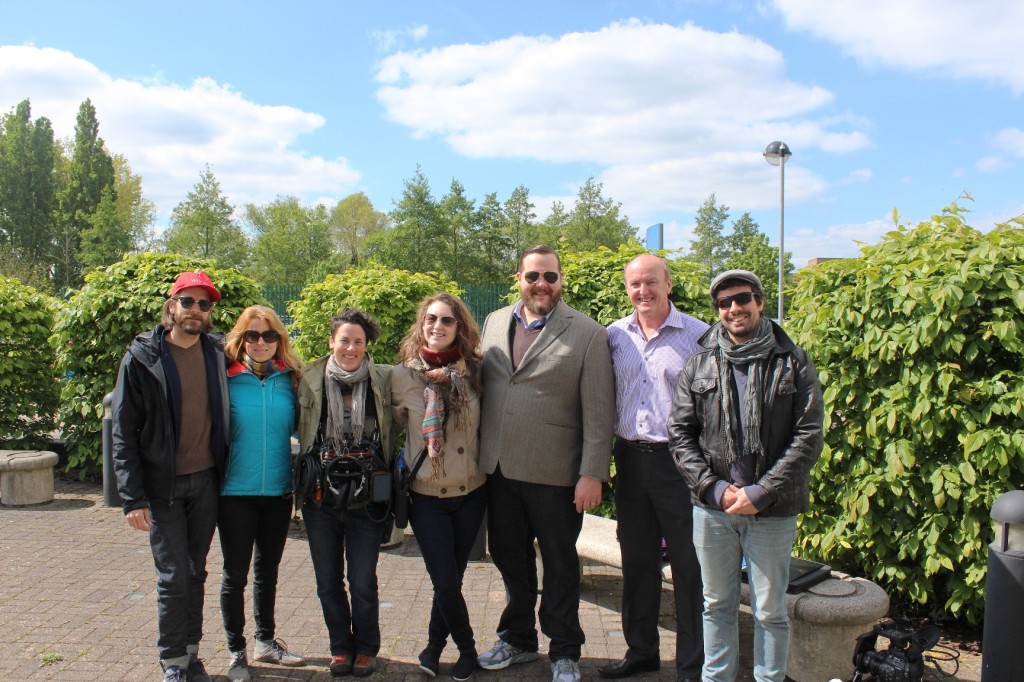The other day a bequest in a will (D/ABW 114/3/59, Joseph Deane of Harwich, 1800) caught our attention, it was to a ‘bake office’. Now, we all understand about offices in our own day, and what ‘office’ means and who works in an office – indeed most of us probably sit behind a desk and work in an office – a room where work is undertaken by white collar workers. We probably don’t even give it a second thought. But what, historically, was or defines a ‘bake office’?
The first point of call, as ever, was to search further on our Essex Archives Online catalogue (www.essexarchivesonline.co.uk) which returned over 100 results of documents catalogued with the phrase ‘bake office’. While there are earlier examples the majority are from the nineteenth century, with the latest from the 1930s.

(D/B 6 Pb3/2363)
There is generally an affinity with an attached shop (e.g. SALE/A588) but this is not always the case. Several are attached to cottages (e.g. D/F 35/7/253), possibly as a shared communal resource although they could equally provide bread for sale from one of the properties. Our understanding of what a ‘shop’ is might not necessarily match that of our predecessors – the concept of a shop, or outlet for the sale of goods, might well have been much freer and easier than what we would expect today. Someone’s front room could possibly double as a point of sale for bread during the day while reverting to a living space by night.
Several of the documents list other dedicated rooms, or possibly separate but associated structures: ‘shop with bake office and 4 bushel oven, with living accommodation, flour room and wash house’ (D/DMa/B71/16); ‘Messuage with baking office, brewhouse, cornchambers’ (D/DC 27/10); that traditional pairing of bread and beer production – ‘bake office and brewhouse’ (SALE/B5065). Other documents list a ‘candle office’ (D/DU 751/108) and ‘malting office’ (D/DHw T52/9). So along with just ‘room’ we also have the use of ‘chamber’ and ‘house’ to include with ‘office’ to describe different uses and functions of spaces within a building or structure. However, ‘office’ appears to be overwhelmingly connected with baking.

Seeking further guidance, our venerable 1933 edition of The Oxford English Dictionary was consulted and supplied the following definitions:
Office: ‘A position or place to which certain duties are attached’
‘Office-house’: apartments or outhouses for the work of domestics’
So these are both useful in thinking about ‘bake office’. In this instance they certainly tie in with our documents: it is so called because it is a place where baking happens which could be a separate building or structure. It is probable that our predecessors used these words interchangeably and that there was no specific connection with any of the functions that took place within them – it was the act of something taking place in a room or structure that attached ‘office’ to it, be it baking, malting or candle making, so possibly a combination of the OED definitions. Maybe this is all we can say as we don’t, after all, want to over-egg the pudding! Still it’s good to ponder on such things now and again and thinking on, with all this talk of baking perhaps we might just reach for the flour, fat and sugar …



